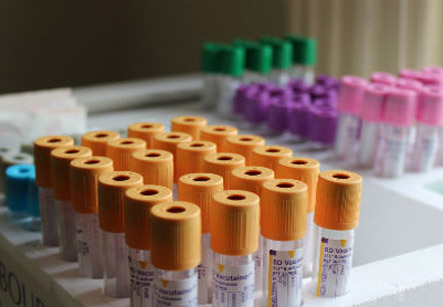Ophthalmic Pathology
Introduction
The Ophthalmic Pathology is sub-speciality in pathology concerned with the diagnosis of cytology and tissue specimens only from the eye and orbit. This branch processes and interprets surgical, cytological, and autopsy specimens emphasizing on ocular and lacrimal gland neoplasms and fine needle aspiration of tumors in the eye and orbit. This field includes:
• Resection and biopsy reviews
• Biopsies from the eye and eyelids
• Cytological specimens from the eye and orbit, including fine needle aspiration samples
• Consultation services for examination of enucleation and exenteration specimens.
Iran is now ranking first both in the region and in the Middle East and the Iranian ophthalmology science is among the world top majors

Ophthalmic Pathology Treatment
Ophthalmic Pathology is an important part of both Pathology and Ophthalmology which focuses on diseases of the eye and its neighboring tissues. Ophthalmic Pathologists study the tissues excised by ophthalmologists to provide a precise diagnosis of the disease. The diseased tissue is examined both macroscopically (gross examination) and also by light microscopy. Other techniques, such as transmission and scanning electron microscopy, immunohistochemistry, as well as molecular biological and other methods are also sometimes utilized for accurate diagnosis. The diagnosis of the disease plays an important part in patient care.
Ophthalmic Pathologists are a vital component of academic medical institutions because of their comprehensive knowledge about the pathological aspects of the eye diseases. By teaching ophthalmologists, ophthalmology residents and medical students, they contribute to the maintenance of high quality eye care. Basic training and experience in Ophthalmic Pathology is needed for all residents in Ophthalmology for providing better eye care. Ophthalmic Pathologists are able to provide the practicing Ophthalmologist with a tissue diagnosis and also with information about the cause, pathogenesis and prognosis of ocular diseases.
The Ophthalmic Pathology Service has complete access to the most contemporary and innovative diagnostic resources available.
Besides helping the patient in this regard the Ophthalmic Pathologist contributes to quality control in hospitals by providing important information regarding complications of various therapeutic interventions and in assessing the accuracy of procedures. In addition, these pathologists contribute to the education of medical students by providing lectures and elective courses. Aside from the diagnostic and teaching aspects of Ophthalmic Pathology, these ophthalmic Pathologists contribute to the knowledge about diseases and conditions of the Eye through research.
Retinoblastoma is the most common primary intraocular malignancy of childhood. Approximately 5,000 to 8,000 children per year are affected globally by retinoblastoma. Though there are regional variations in the incidence of retinoblastoma, it is estimated that 80% of children with retinoblastoma reside are from developing countries. The aim of treatment of retinoblastoma revolves around:
• preservation of life- primary objective
• maintenance of the eye and vision- secondary objective
However, new treatment strategies targeting in particular, the secondary objective of saving the eye, are gaining wide acceptance in spite of scant evidence that preservation of vision is enhanced. Increasing evidence that life-threatening side effects and the potential for metastasis may compromise the primary aim of treatment.
Ocular pathology plays a pivotal role in providing the careful assessment of outcomes necessary for defining and refining these new treatments.
Ocular pathology offers accurate, timely and cost-effective diagnosis and consultation that includes:
• Gross and microscopic imaging
• Special tissue stains and immunohistochemical markers
• Conventional histopathology
• Consultative review of previously diagnosed cases (second opinions)
• Advanced diagnostic studies
The Ophthalmic Pathology Service has complete access to the most contemporary and innovative diagnostic resources available. The latest in microscopic and molecular diagnostics enable the health system’s eye pathologists to establish complex diagnoses using cutting-edge technologies as immunohistochemistry, gene amplification and electron microscopy.
Ophthalmic pathologists are expected to offer following services
• Clear, unequivocal specimen reports
• Same-day instant fax of final report
• Prompt turnaround with results available typically within 48hours
• E-mail notification that includes a summary of findings and representative color photomicrograph
• Interactive online responses
• Immediate accessibility to ophthalmic pathologists for case discussion and follow-up